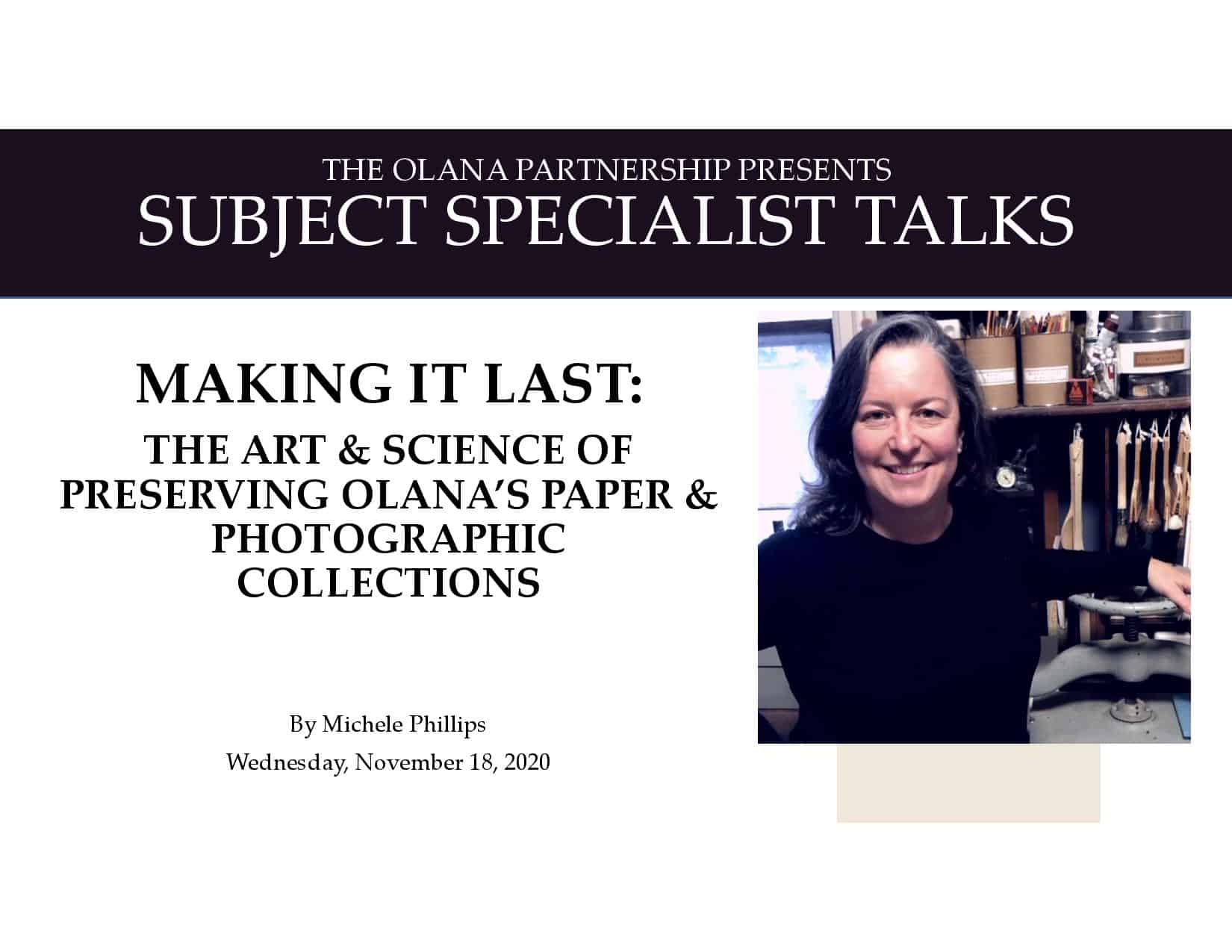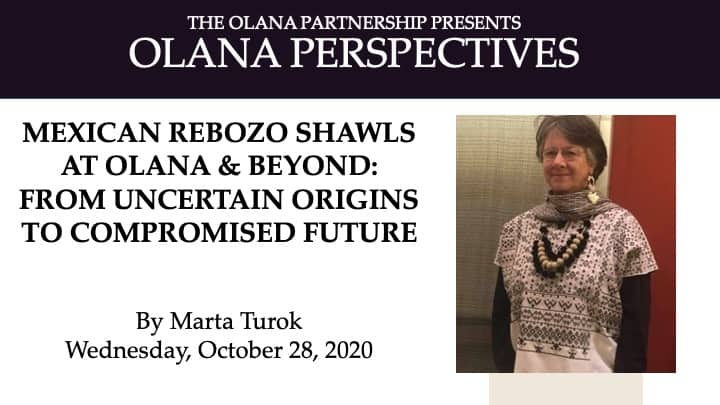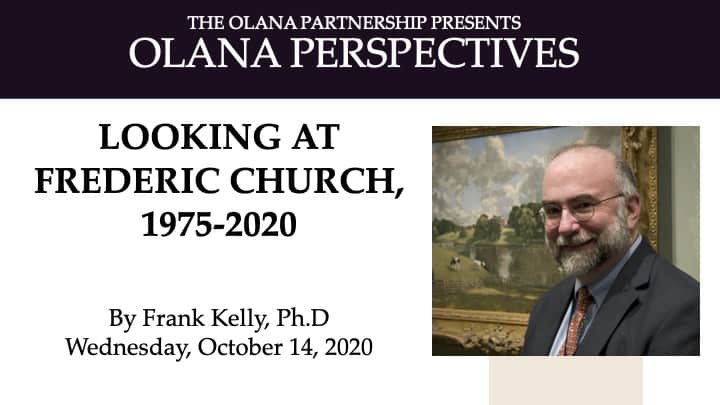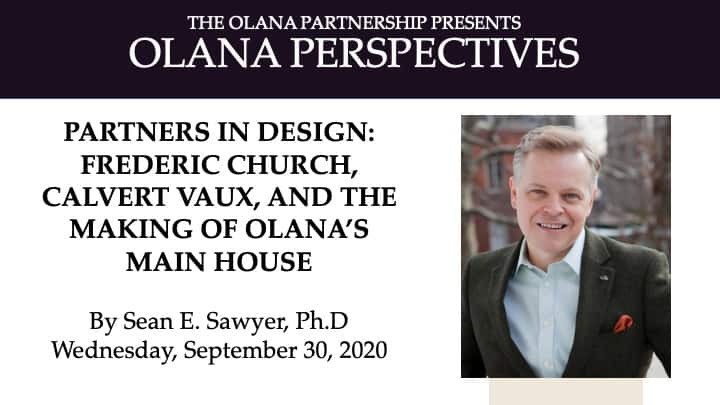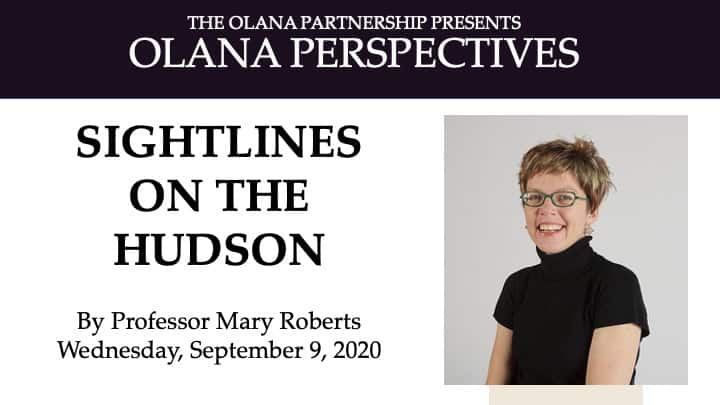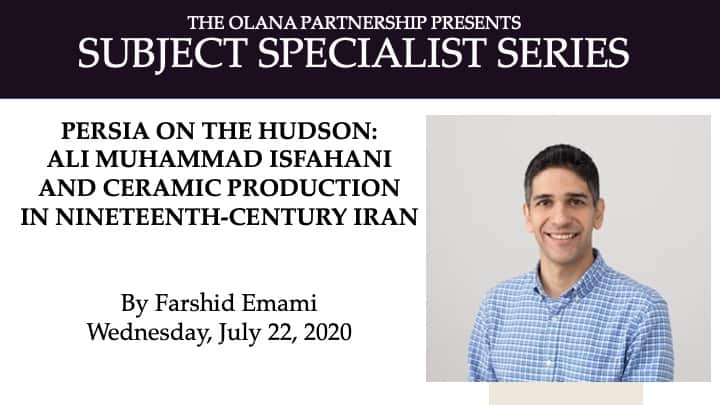Webinars
Making it Last: The Art & Science of Preserving Olana’s Paper & Photographic Collections
November 18, 2020
Michele Phillips is the Paper Conservator at the New York State Office of Parks, Recreation and Historic Preservation (NYSOPRHP), working at the centralized conservation labs at the Bureau of Historic Sites & Parks, Peebles Island Resources Center. Her treatment specialty ranges from prints, drawings & letters, to wallpaper & large maps. Michele is a Professional Associate of the American Institute for Conservation, a regular presenter at international museum conferences, and a grant reviewer for the Institute of Museum and Library Services and the New York State Council of the Arts. She lives in Troy, NY, where she is a trustee of the Hart Cluett Museum.
Have you ever wondered what kind of work goes into caring for the delicate and diverse permanent collection of Olana and readying works of art for exhibition? In this talk, we’ll hear from one of the nationally prominent conservators who care for the collections of the New York state historic sites network. Michele Phillips will offer a lively glimpse into the particular challenges of dealing with old works of art on paper, including drawings, documents, engravings, and photographs.
She’ll provide a number of case studies from the collection that illustrate the creative problem solving that goes into her work, combining art and science to ensure this great collection can be enjoyed by the public for many years to come. This will be a rare chance to see behind the scenes of the vibrant public-private partnership that makes Olana tick.
Mexican Rebozo Shawls at Olana & Beyond: From Uncertain Origins to Compromised Future
October 28, 2020
This talk by one of the world’s leading scholars and advocates of Mexico’s rich tradition of textile art will focus on a little known story in Olana’s diverse collections. Marta Turok takes as her focus Olana’s important holdings of uncannily well preserved “rebozos,” traditional shawls primarily used by indigenous women that were purchased by the Church family during their travels in Mexico. She will give a brief overview of the history of the Mexican rebozo and share the challenges facing the future of this emblematic garment, including activities being undertaken for its revitalization.
Looking at Frederic Church, 1975-2020
October 14, 2020
One of our country’s most prominent curator-scholars shares the unique perspective of his decades-long engagement with Frederic Church and Olana. This personal reflection looks back on how he came to know Church, to study him and his work seriously in graduate school, to work as a curator of his work in groundbreaking exhibitions and publications, and brings the story down to the present day with his bird’s-eye view of the recent fate of Church’s work, including rediscoveries, new research, and the art market.
Partners in Design: Frederic Church, Calvert Vaux, and the making of Olana’s Main House
September 30, 2020
Frederic Church, America’s first international art star, returned from his travels through the Near East in 1869 filled with inspiration for the great house that he planned to build on his property near Hudson, New York. He turned to Calvert Vaux, an architect well known for his successful collaborations with landscape designers, particularly Church’s friend Frederick Law Olmsted. Dr. Sean Sawyer, the Washburn and Susan Oberwager President of The Olana Partnership, will explore the intensely collaborative design partnership that produced Olana’s Main House.
Sightlines on the Hudson by Mary Roberts
September 9, 2020
Mary Roberts is the John Schaeffer Professor of Art History at the University of Sydney. She is a specialist in nineteenth-century European Orientalist and late Ottoman art, with particular expertise in the history of artistic exchanges and the culture of travel. In 2016 she was awarded the Art Association of Australia and New Zealand’s Book Prize for Istanbul Exchanges. Ottomans, Orientalists and Nineteenth-Century Visual Culture (University of California Press, 2015). Her first book, Intimate Outsiders: The Harem in Ottoman and Orientalist Art and Travel Literature, was published by Duke University Press in 2007. She has co-edited four other books and has been a Getty Scholar, CASVA Senior Fellow, YCBA Fellow and Clark-Oakley Fellow. Her next book is on artists as collectors of Islamic art.
“About an hour this side of Albany is the Center of the world – I own it.”
Frederic Church to Erastus Dow Palmer, July 7, 1869
What kind of world is it that Frederic Church was creating in his Persian-inspired home on the Hudson? This lecture proposes some answers to this question by analysing three of the interior sightlines within his home and considering the way each distinctively engages with visual cultures of the Near East. First, the sitting room: I tease out the significance of Church’s painting, El Khasné, Petra, in this space by studying his drawings made while travelling and the written account of that journey. Second, the court hall: paying particular attention to the optical effects Church was creating with his staircase, my study of the preparatory drawings for this part of the room reveals the diverse Islamic secular and religious visual sources he was translating into this focal point of his orientalist interior. Third, the fireplace sightline in one of the upstairs bedrooms: this brings into consideration an artist who was Church’s contemporary – the ceramicist Ali Mohammed Isfahani – whose work also circulated within global networks of patronage. Through this focus on some of Olana’s object worlds, its sightlines and architectural translations of eastern ornament, I explore the cultural politics of Church’s practice of worlding.
Persia on the Hudson: Ali Muhammad Isfahani and Ceramic Production in Nineteenth-century Iran
July 22, 2020
Farshid Emami is an assistant professor in the department of art history at Rice University. He is a historian of Islamic art and architecture with a focus on the early modern period and particularly Safavid Iran. He completed his Ph.D. in History of Art and Architecture at Harvard University in 2017. He is currently completing a book manuscript that offers a new narrative of architecture and urbanism in seventeenth-century Isfahan, the Safavid capital, through the analytical lens of urban experience. Drawing on unstudied primary sources, the book takes the reader on journeys through Isfahan’s markets, gardens, and coffeehouses, analyzing how the city fostered new human experiences and became a setting for fashioning selves.
Besides his publications on Safavid art and architecture, Farshid Emami has written on a range of topics in art and architectural history, including lithographic printing in the nineteenth century and modernist architecture and urbanism in the Middle East. His articles have appeared in the Muqarnas, Metropolitan Museum Journal, Journal for Early Modern Cultural Studies, South Asian Studies, and International Journal of Islamic Architecture.
Among the works kept at Olana are a group of ceramic tiles and objects attributed to Ali Muhammad Isfahani, a master of ceramic production active in Iran in the late nineteenth and early twentieth century during the late Qajar period (1789-1925). This presentation examines the imagery, iconography, and provenance of this corpus, particularly focusing on the figural tiles installed at two fireplaces at Olana. An examination of the context in which these tiles were created and transferred reveals that they do not merely reflect a traditional craft but were also products of the emerging tastes of the late nineteenth century in Western Europe and North America as well as in Qajar Iran.
